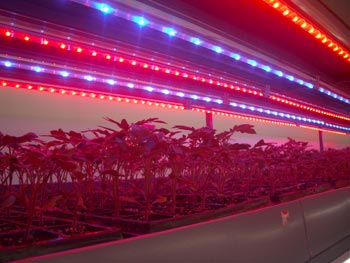after doing some more head scratching and web surf'n
now i want the bml, its more all the way round
so now I'm down to $220, $280, Or $500
think i might go sat + x2 and at worst case i lose a little and sell it ebay, but then i will go bml 10k and 63k
Btw finnex sucks at customer service 3 emails over 2 weeks and no response! Thats what i call service
now i want the bml, its more all the way round
so now I'm down to $220, $280, Or $500
think i might go sat + x2 and at worst case i lose a little and sell it ebay, but then i will go bml 10k and 63k
Btw finnex sucks at customer service 3 emails over 2 weeks and no response! Thats what i call service



